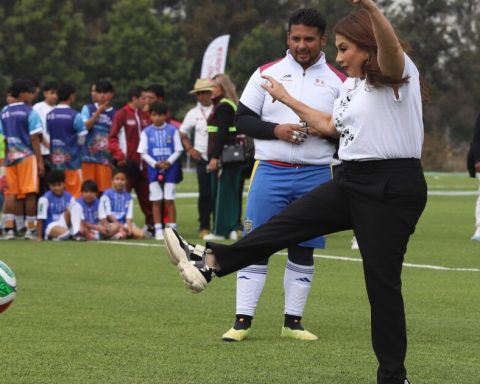The Inegi has announced that inflation accelerated to 8.62%, in a trend that continues to rise. The National Consumer Price Index increased 0.42%, and all this is reflected in the pocketbook and the ability to consume food in Mexican households.
It is a scientifically proven fact that in the face of rising prices, it is not only the less favored households who see the strongest impact on their food consumption. The social scientist Maurice Halbwachs established how proportionally, spending on food was higher in families with lower incomes, since families with higher incomes can diversify their spending in other areas proportionally.
However, beyond economic indicators, it is interesting and necessary to scientifically observe and document changes in food consumption patterns as a function of inflation. Globally, inflation rates are experienced differently, but the way in which people adapt their food consumption to a more restricted budget is also experienced differently. For example, in Mexico it is commonplace to think that when families have less money available for food, they resort to what is known and do not take risks with products they do not know. This statement has nuances since, given the increase in prices, the decision to acquire an ingredient can also respond to lateral or creative thinking to replace or reinvent new forms of consumption that are cheaper. In the United States, it is observed that in certain product categories, people go to the shopping centers with greater flexibility regarding the menu or product that they plan to buy to eat. While in France people sacrificed the consumption of organic products, in Mexico the consumption of fresh products is sacrificed.
In the same way, it is assumed that in the face of this crisis, people resort to meals prepared outside the home as an alternative that is sometimes cheaper. In Mexico this alternative is largely represented by street foods. In France, it is noted that people have resorted to buying cheaper Asian-inspired meals away from home. In the United States, people have substituted certain ingredients for others, for example, they have opted for hamburgers with meat with a higher percentage of fat than for consuming chicken, which is more expensive.
In the same way, there are drinks that do not have a great impact on the pattern of consumption, as is the case of alcohol, which in the United States remained practically the same and in France even increased, because people began to have an aperitif ( a culturally anchored meal time) at home instead of the corner bar. Also here enter the patterns of addiction that undoubtedly influence.
All these variants show that culturally and socially, consumer strategies are complex, with reasons behind that are located regionally. It is worth studying them so that the impacts on well-being that a change in the pattern of food consumption implies are also attacked with strategies that do not only assume that people are going to buy what is cheaper. There is a whole logic behind each food consumption that is replaced or restricted according to pocket availability but also according to culturally anchored eating patterns.














